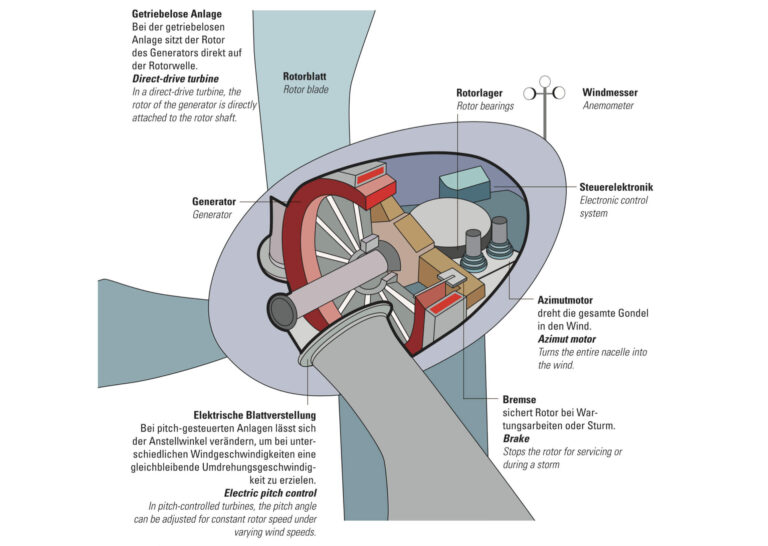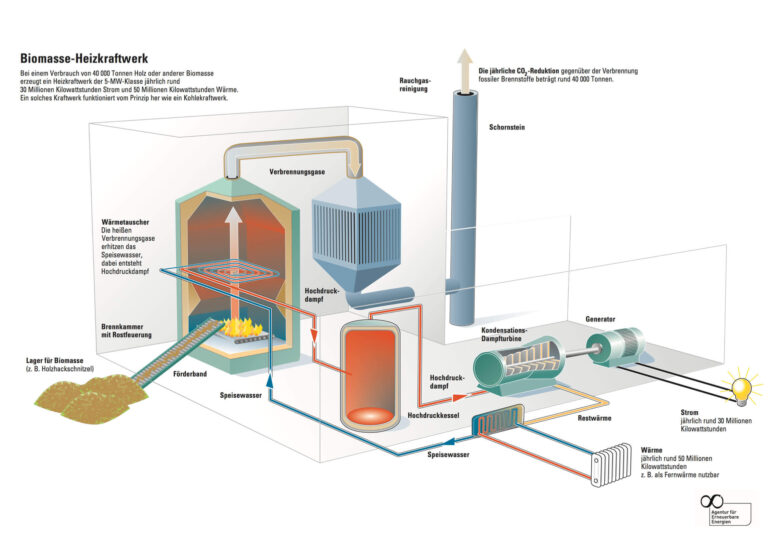You overview about the consists of a sustainable community is thorough and well-supported by references. Highlighting green spaces, public services, and transportation, along with the use of green materials and renewable energy, covers essential elements.Sustainable is vital for continuing development.It has advantages for saving money and protecting environment.The cost of sustainable is a hard point.You accurately identify the economic barriers, emphasizing the higher costs associated with green materials and renewable energy.Also the government play an important role in saving costs.Any policies should be lead by the government.In Social and Political Resistance some specific examples or anecdotes could further illustrate these challenges which can fix residents’skepticism and resistance.Example in Germany is a good and strong addition for your topic.Germany is a well-known industrial country and nowadays protect environment and how to be sustainable is a tough problem.Describing Feldheim’s use of renewable energy and its independence from traditional energy sources effectively illustrates the potential of sustainable communities.Education and Publicity could raise public education and awareness.That is essential.
Sustainable Communities: Challenges and Solutions from an Urban design perspective
In urban design, sustainable communities are seen as the way of the future (Droege, 2008), but their realization is not easy. There are many challenges. We need to examine the issue from an urban design perspective. We need to find ways to overcome the difficulties and create truly sustainable communities.
Sustainability in urban design
First, let’s review the concept of sustainable communities in urban design. Such communities should focus on people. They should provide green spaces, good public services, and easy transportation (Droege, 2008). Buildings should use green materials. They should use renewable energy and cut energy use and waste emissions (Perez-Lombard, Ortiz, & Pout, 2008). At the same time, the community should fully use and share various resources. This will save money. It will also protect the environment and help society (Meltzer, 2005).
Challenges and difficulties in urban design
However, in the process of realizing this ideal, we face many challenges. The first is the economic cost. Using “green” building materials and renewable energy often raises construction costs a lot (Droege, 2008). Developers and governments often struggle with this burden. This leads to project delays or shelving.
Second, social and political resistance is also a factor that cannot be ignored. Some residents may doubt sustainable development. They fear it will inconvenience them or change their way of life (Meltzer, 2005). Government departments and developers may also have conflicts of interest and power struggles. These make project implementation more complex and difficult.
Solving problems from the perspective of urban design
In view of these challenges, we can propose some solutions from the perspective of urban design. First, the government can encourage and guide developers. They can also guide residents to build sustainable communities. It can do this by giving tax breaks and making relevant rules and policies (Perez-Lombard, Ortiz, & Pout, 2008). Second, education and publicity on sustainable development should be improved. This will raise public awareness and participation (Droege, 2008). Finally, promote tech innovation. Also, strengthen cooperation to find cheaper, efficient, and green tech and solutions (Meltzer, 2005).
Case Study: The self-sufficient community of Feldheim, Germany
The village of Fairhaven is a community located in the German state of Brandenburg that is known for its 100% renewable energy supply. The village uses wind, solar, and biomass energy. They use them to provide electricity and hot water to local residents. They are almost completely free from dependence on traditional energy sources.

Fig1:Selterhof solar farm


Fig2/3:Feldheim wind farm

Fig4:Feldheim woodchip heating plant

Fig5:The biogas plant in Feldheim
Conclusion
Creating sustainable urban communities is hard. But, we must do it to beat the challenges and reach this goal. We will strengthen policy, raise public awareness, and drive innovation. We are confident that we can build greener, healthier, and sustainable communities in the future.
References
Fig1/2/3/4/5:
Neue Energien Forum Feldheim (n.d.). Wind energy. [online] Neue Energien Forum Feldheim. Available at: https://nef-feldheim.info/wind-energy/?lang=en [Accessed 17 May 2024].
Droege, P. (2008). Urban energy transition: From fossil fuels to renewable power. Elsevier.
Perez-Lombard, L., Ortiz, J., & Pout, C. (2008). A review on buildings energy consumption information. Energy and Buildings, 40(3), 394-398.
Meltzer, O. (2005). Community and Communitas: Reconsidering Urban Sustainable Development. Journal of Planning Education and Research, 25(2), 174-186



You overview about the consists of a sustainable community is thorough and well-supported by references. Highlighting green spaces, public services, and transportation, along with the use of green materials and renewable energy, covers essential elements.Sustainable is vital for continuing development.It has advantages for saving money and protecting environment.The cost of sustainable is a hard point.You accurately identify the economic barriers, emphasizing the higher costs associated with green materials and renewable energy.Also the government play an important role in saving costs.Any policies should be lead by the government.In Social and Political Resistance some specific examples or anecdotes could further illustrate these challenges which can fix residents’skepticism and resistance.Example in Germany is a good and strong addition for your topic.Germany is a well-known industrial country and nowadays protect environment and how to be sustainable is a tough problem.Describing Feldheim’s use of renewable energy and its independence from traditional energy sources effectively illustrates the potential of sustainable communities.Education and Publicity could raise public education and awareness.That is essential.